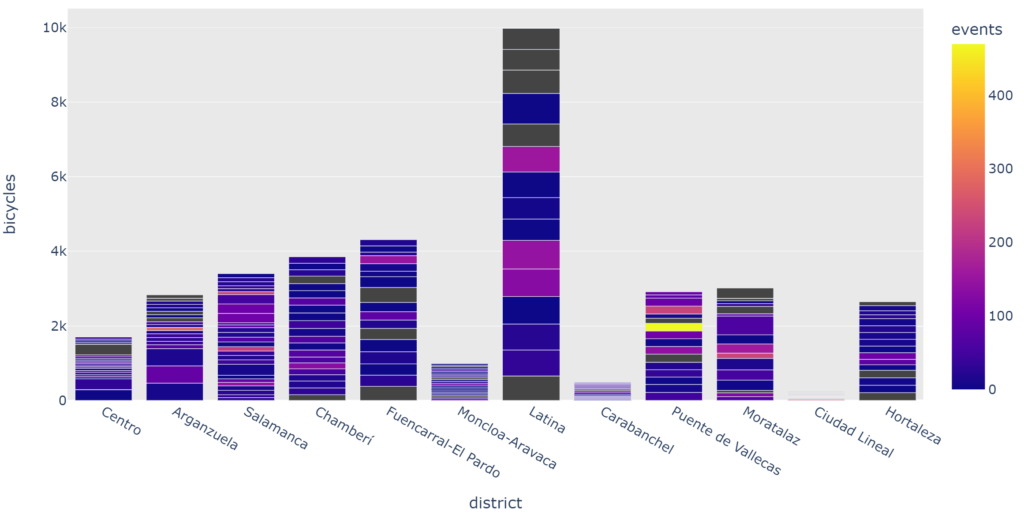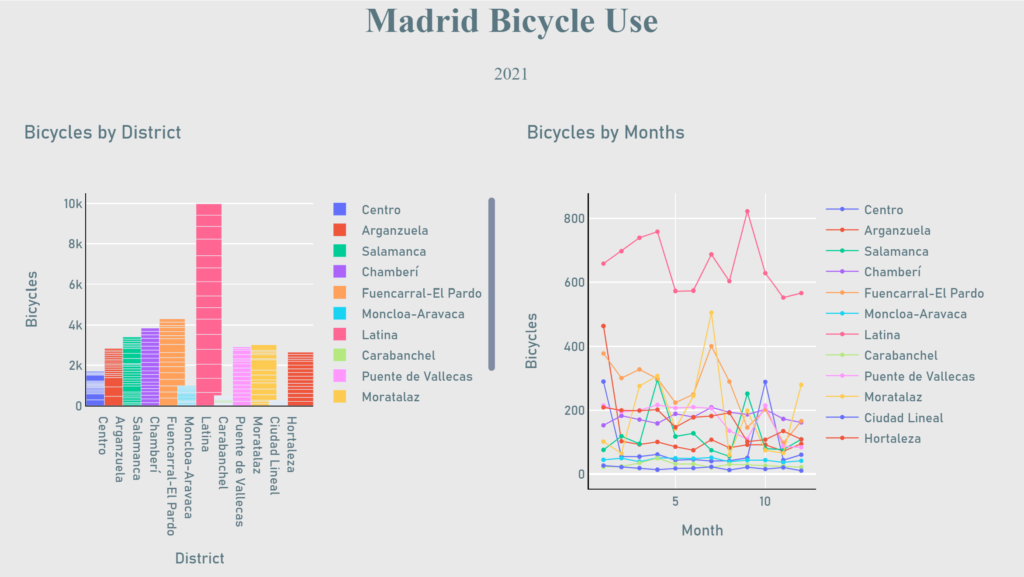How safe is walking and cycling in Europe / Spain?
In the European Union, cities and towns are home to 71 percent of the population and here is where most journeys begin and end. Urban centers face multiple, complex, and ever-evolving challenges, especially concerning mobility.
Growing populations are encouraged to walk and cycle more because of rising concerns over health, congestion, and pollution. Simultaneously new forms of mobility are increasingly adding to the complexity of mobility management.
Death and severe injuries of vulnerable road users (pedestrians and cyclists) on urban roads are not declining as fast as they should. Studies show that 70 percent of reported deaths in urban centers are pedestrians, cyclists and power-two-wheeler (PTW) riders (Adminaité-Fodor & Jost, 2019).
“At least 51,300 pedestrians and 19,450 cyclists were killed on EU roads over the period 2010 to 2018” (Stipdonk et al., 2020).
Within the EU, there are significant disparities between countries concerning pedestrians’ and cyclists’ safety.
“In Spain, cyclist deaths have been increasing by around 1% annually over the period 2010-2018” (Stipdonk et al., 2020).
Spain aims to double the bicycle rate by 2025, focusing on making bicycling a safe and convenient option for more residents. Some measures to improve cyclist and pedestrian safety include plans to reduce speed limits, traffic calming and intelligent transport systems. Moreover, massive investments in safe, convenient bike lanes and free bike parking ensures riders are prioritized on and off their bicycles (Foersterling, 2021).
This initial assessment of bicycle use starts with looking into data from Madrid. The analysis merges two data sets from the open data portal of the Madrid City Council concerning “Bicycle use” and “Bicycle accidents”. The assessment aims to identify the correlation between bicycle use and accidents throughout the Districts of Madrid in order to identify potential Neighbourhoods at risk and for further analysis regarding cyclists’ safety.


References
Adminaité-Fodor, D., & Jost, G. (2019). Safer Roads, Safer Cities: How to improve urban road safety in the EU (PIN Flash 37) – ETSC. https://etsc.eu/safer-roads-safer-cities-how-to-improve-urban-road-safety-in-the-eu-pin-flash-37/
Conjuntos de datos – Portal de datos abiertos del Ayuntamiento de Madrid. (n.d.). Retrieved December 23, 2022, from https://datos.madrid.es/portal/site/egob/menuitem.9e1e2f6404558187cf35cf3584f1a5a0/?vgnextoid=374512b9ace9f310VgnVCM100000171f5a0aRCRD&vgnextchannel=374512b9ace9f310VgnVCM100000171f5a0aRCRD&vgnextfmt=default
Foersterling, J. (2021). Lessons From Europe | PeopleForBikes. https://www.peopleforbikes.org/news/bicycling-lessons-from-europe
Pucher, J., & Dijkstra, L. (2000). Making walking and cycling safer: Lessons from Europe. Research Gate. https://www.researchgate.net/publication/235359442_Making_walking_and_cycling_safer_Lessons_from_Europe/link/53ecc6b70cf26b9b7dbfdcf2/download Stipdonk, H., Sanz-Villegas, M. T., Thomas, P., Velten, B., Foundation, D., Yannis, G., Avenoso, A., & Jost, G. (2020). HOW SAFE IS WALKING AND CYCLINGIN EUROPE? www.etsc.eu/pin

